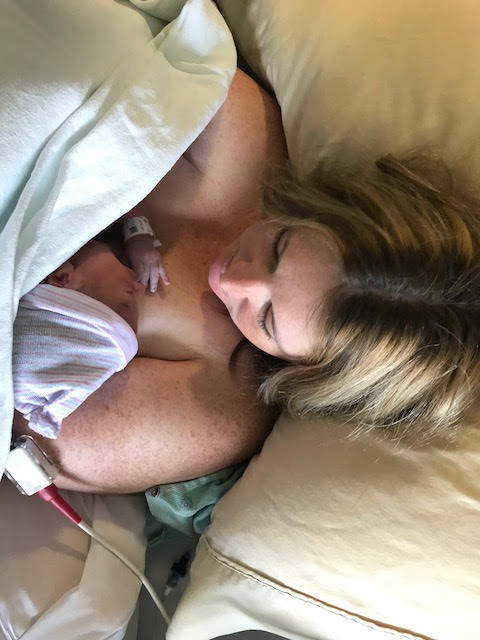Are you seeing a Chiropractor during your pregnancy or even before? We think you should be! Here at Cloud Nine Birth Services, we highly recommend our clients visit a Doctor of Chiropractic. We have asked Dr. Michelle (D.C.) at Lifetime Health and Wellness in Naperville, IL to answer a few of our most asked questions when it comes to chiropractic care.
What will a chiropractor do for me in pregnancy?
Pregnancy can put a progressive strain on your body physically, hormonally, and emotionally. Chiropractic enhances your ability to adapt to these stresses which is imperative as your baby is feeding off of your stress hormones the first half of pregnancy. Chiropractic care balances the fight/flight response that we often can get stuck in resulting in common challenges such as heartburn, nausea, fatigue, insomnia, lower back/pelvic pain, constipation, anxiety, and breech presentation to name “a few.”.
Will being adjusted in pregnancy help me when I go into labor?
Yes! It sets a calm and balanced foundation physically as well as neurologically. Studies show that labor time can be shorter, the perception of pain can be less, and birth plan follow through can be higher in those receiving prenatal Chiropractic care.
Does it hurt?
No, it shouldn’t. There are various techniques that can be used and this is where neurological scanning technology comes handy to customize care for every expectant mama.
Should I be seen postpartum also?
100%. The first 3 months following birth are often referred to as the 4th trimester and much of the relaxin hormone remains. We can take advantage of the ligament laxity to help restore balance to the pelvis as mom is recovering from birth. Chiropractic during this important recovery period can also counteract the physical and mental stress of caring for a newborn, regulate stress levels, and improve sleep quality — making the most of the sleep you do find during those early weeks.
When should I start coming to see you?
As soon as you find out you’re pregnant! Many seek us out while trying to conceive and others hear about us when looking for solutions for some of the previously mentioned challenges.
My baby is breech, can chiropractic care help?
Sure can! Webster technique is unique to Chiropractic whose sole purpose is to balance Mom’s pelvis addressing bones and ligaments. This in turn may allow for the best environment for baby positioning which can give way to better birth outcomes.
What should I be looking for when choosing a chiropractor?
A Webster-certified Chiropractor utilizing scanning technology which objectively measures the integrity of Mom’s and baby’s Nervous Systems as well as what kind of reserves they have to adapt and thrive! Adjusting tables designed to accommodate Mom’s belly for each stage of pregnancy is also important when looking for this important birth team member!
We appreciate Dr. Michelle for answering your most asked questions and you should consider reaching out to Dr. Michelle or a chiropractor near you to help you in your pregnancy. We know it will be a choice you will be happy you made!
































